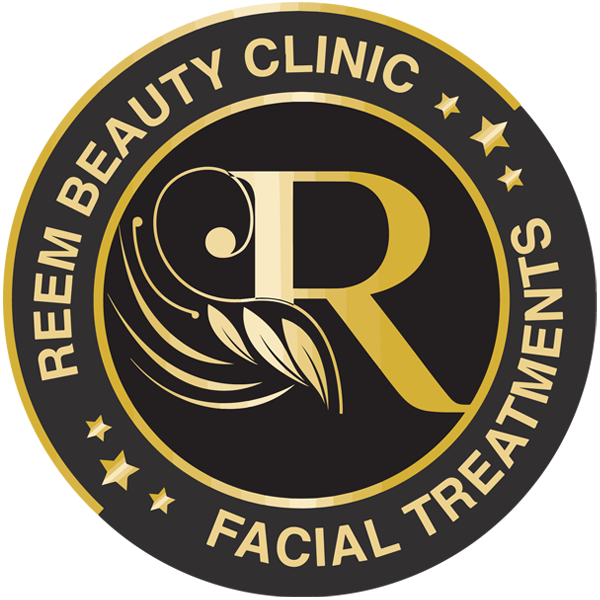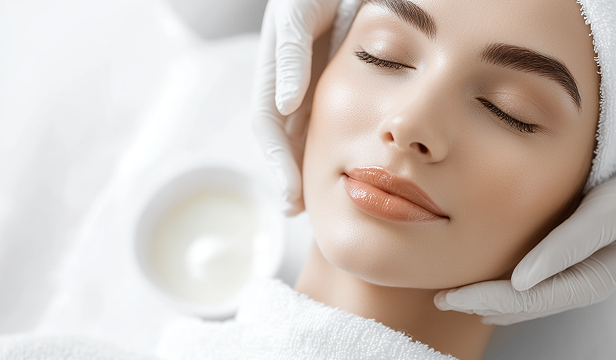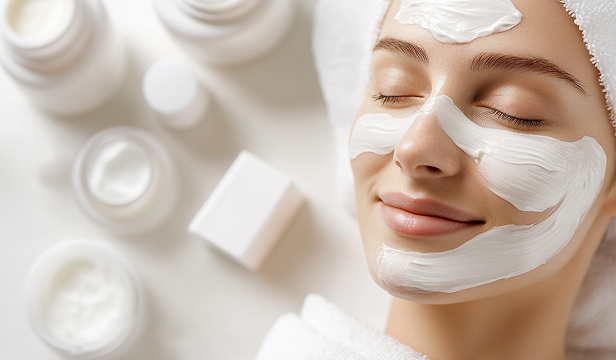Introduction Achieving a more sculpted and defined appearance no longer requires surgery. Thanks to advancements…

Everything You Need to Know About Microneedling
Introduction
Microneedling is a popular and minimally invasive cosmetic procedure designed to improve skin texture, tone, and overall appearance. It involves using fine needles to create controlled micro-injuries in the skin, stimulating collagen and elastin production. This guide covers everything you need to know about microneedling, including its benefits, procedure, aftercare, and potential risks.
1. What is Microneedling?
- Also known as collagen induction therapy.
- Involves a device with tiny needles that puncture the skin.
- Helps enhance skin rejuvenation by promoting natural healing.
2. Benefits of Microneedling
a. Improves Skin Texture and Tone
- Reduces the appearance of fine lines and wrinkles.
- Enhances overall skin smoothness and elasticity.
b. Minimizes Acne Scars and Hyperpigmentation
- Breaks down scar tissue and stimulates new skin growth.
- Helps fade dark spots and discoloration.
c. Boosts Collagen and Elastin Production
- Strengthens the skin structure.
- Reduces sagging and promotes firmness.
d. Enhances Absorption of Skincare Products
- Creates microchannels that allow deeper penetration of serums and active ingredients.
3. Microneedling Procedure
a. Preparation
- Skin is cleansed and numbing cream is applied to reduce discomfort.
- A microneedling device (roller or pen) is used to create tiny punctures in the skin.
b. Procedure Steps
- The device is moved across the skin in multiple directions.
- Serums or platelet-rich plasma (PRP) may be applied for added benefits.
- The session typically lasts 30 to 60 minutes.
c. Post-Treatment Care
- Mild redness and swelling may occur for 24-48 hours.
- Apply hydrating and soothing products, such as hyaluronic acid and aloe vera.
- Avoid direct sun exposure and use sunscreen diligently.
4. Who Can Benefit from Microneedling?
Ideal Candidates:
- Individuals with mild to moderate skin concerns.
- Those looking to reduce acne scars, fine lines, and enlarged pores.
- People seeking a non-surgical skin rejuvenation option.
Who Should Avoid It?
- Individuals with active acne, infections, or severe skin conditions.
- Those on blood thinners or with poor wound healing.
- Pregnant or breastfeeding women should consult a doctor before treatment.
5. Microneedling vs. Other Skin Treatments
| Feature | Microneedling | Chemical Peels | Laser Therapy |
|---|---|---|---|
| Purpose | Collagen induction | Skin exfoliation | Deep skin resurfacing |
| Downtime | 1-3 days | 5-7 days | 7-10 days |
| Best for | Scars, wrinkles, texture | Pigmentation, dull skin | Deep wrinkles, pigmentation |
| Pain Level | Mild to moderate | Moderate | Moderate to high |
6. How Many Sessions Are Needed?
- Most people see noticeable results after 3-6 sessions.
- Sessions are typically spaced 4-6 weeks apart.
- Maintenance treatments can be done every 6-12 months.
7. Potential Side Effects and Risks
- Redness, swelling, and mild irritation post-procedure.
- Risk of infection if aftercare is not followed properly.
- Temporary sensitivity to skincare products.
Conclusion
Microneedling is a safe and effective treatment for skin rejuvenation, offering numerous benefits such as improved texture, reduced scars, and enhanced collagen production. With proper aftercare and multiple sessions, it can deliver long-term improvements to skin health. Always consult a dermatologist or skincare professional to determine if microneedling is the right option for you.




This Post Has 0 Comments